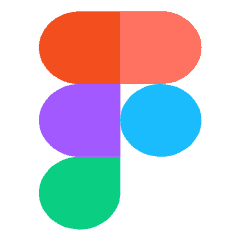Figma is an innovative design tool that offers a collaborative platform for designers, developers, and stakeholders to create and share designs in real-time. With Figma, teams can build and iterate on designs faster and more efficiently than ever before, reducing project timelines and streamlining workflow processes. Figma is a browser-based vector design tool that offers a user-friendly interface with a range of powerful features. The platform provides a variety of design tools and functions, including robust vector networks, vector editing, and an extensive library of design elements and components.
Figma is an innovative design tool that offers a collaborative platform for designers, developers, and stakeholders to create and share designs in real-time. With Figma, teams can build and iterate on designs faster and more efficiently than ever before, reducing project timelines and streamlining workflow processes. Figma is a browser-based vector design tool that offers a user-friendly interface with a range of powerful features. The platform provides a variety of design tools and functions, including robust vector networks, vector editing, and an extensive library of design elements and components.
Promo
Figma promo code
0
There are no active Figma coupons available at the moment!
Figma Discount
Get a discount on Figma
-30% Off
You save $250
Figma Lifetime Deal
Get lifetime access to Figma
$49 Lifetime
You save $750
Figma Credits
Get free credits for Figma
$500 Credits
You save $500
Figma Freebie
Get free access to Figma
6 Months Free
You save $150


























